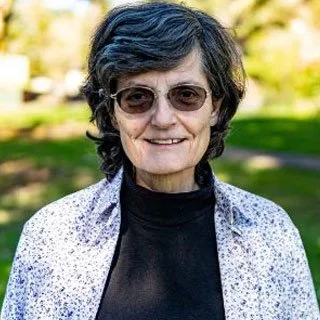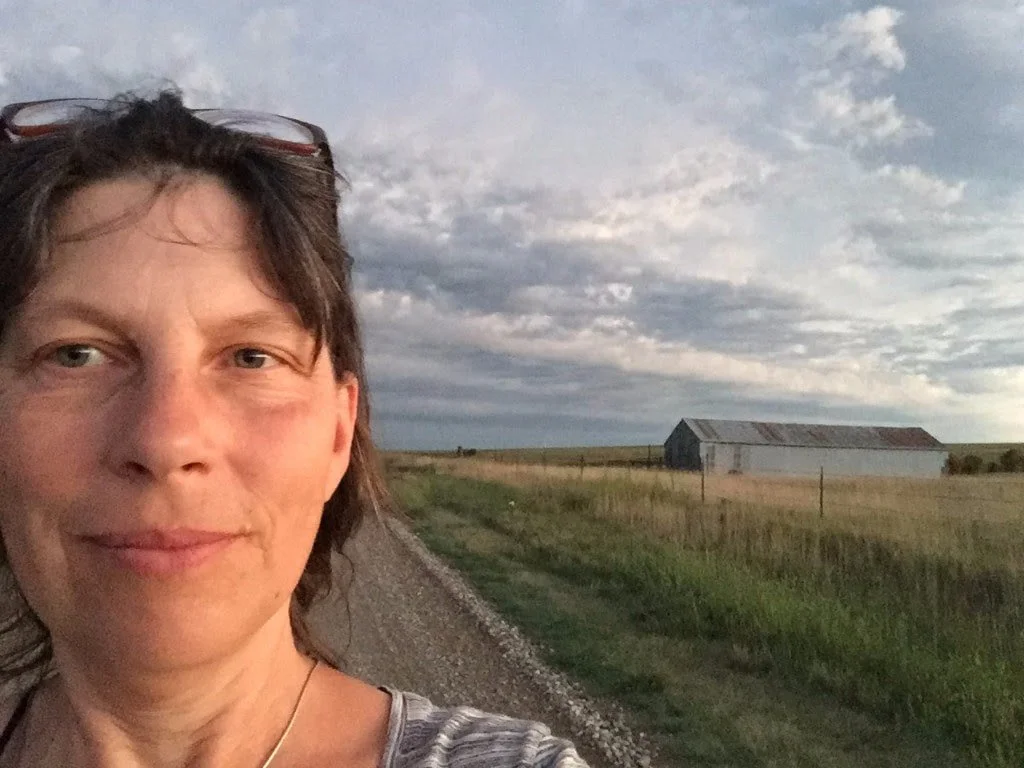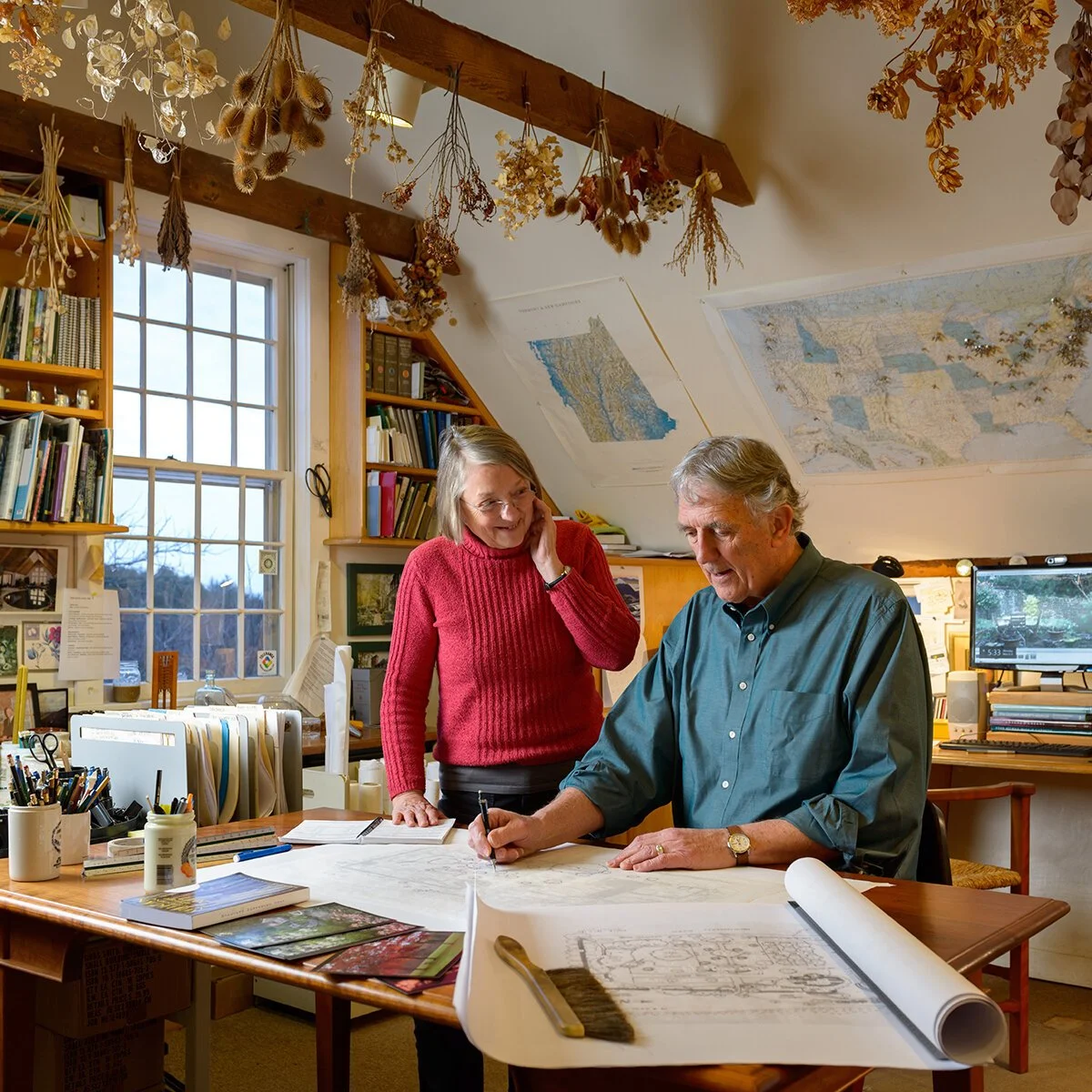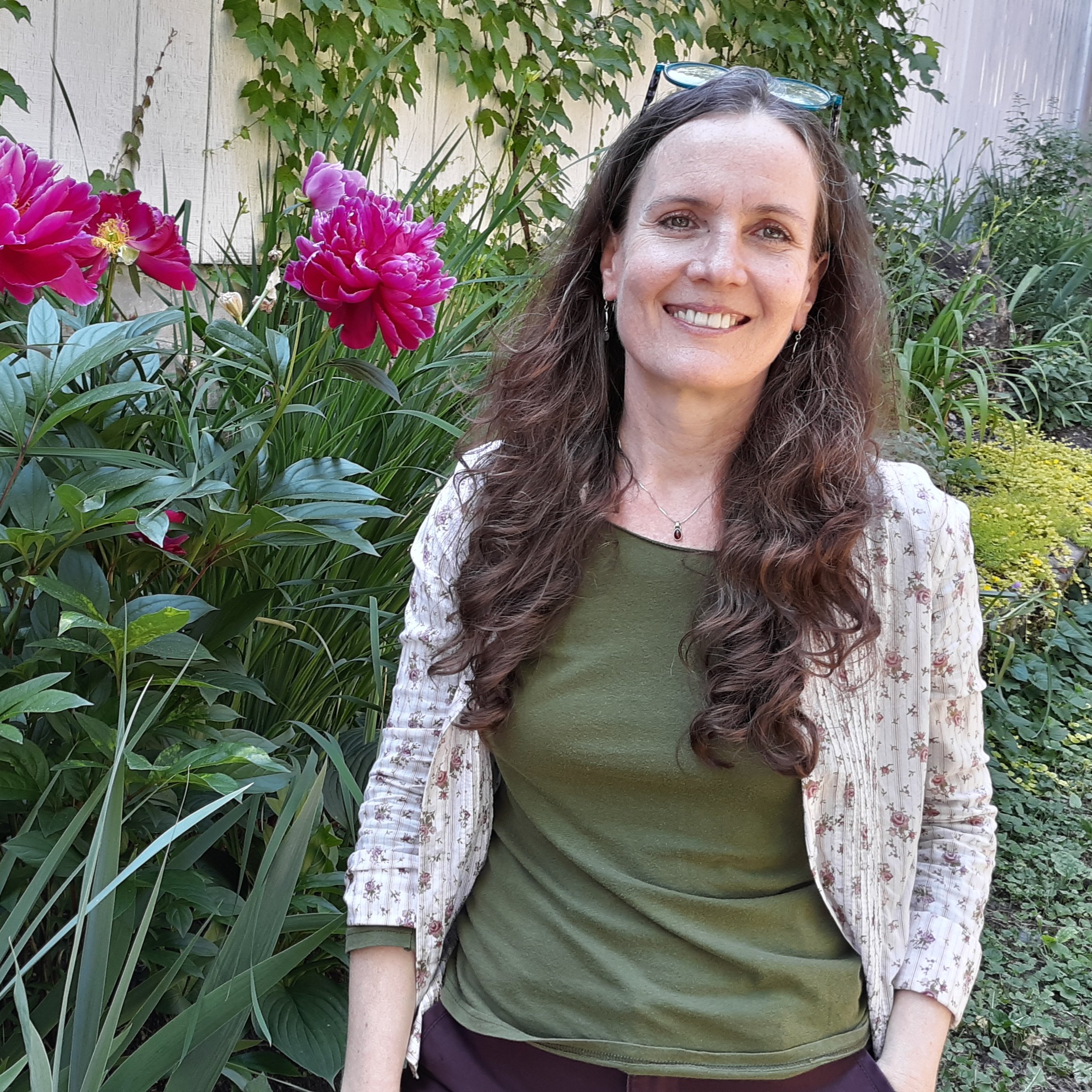SHRI Farm in Bir, Himachal Pradesh, India 2017
We Are a Maine Non-Profit Organization
GOALS
The Living Soil Network’s mission is to transform unhealthy soils into living fertile ecosystems. We believe that in order to bring harmony and balance to the earth’s climate, as well as to all other critical bio systems, we must start with the soil. Yes, humans have destroyed much of the earth’s soil, but for the benefit of all, humans can and must heal the damage.
EDUCATION and ACTION
We teach organizations and individuals about the benefits of living soil. We also undertake public projects which demonstrate the methods of rapidly restoring life to damaged soil, wherever it is found.
RESULTS
Living soil is home for a vast multitude of diverse organisms. By understanding and respecting natural growing systems, we can begin to reverse global warming, reduce the costs of agriculture and increase the nutrition of our food supply. We can restore the very basis of human and planetary health.
OUR ADVISORY BOARD
Dr. Elaine Ingham Natalie Jeremijenko Didi Pershouse Dr. Adam Cobb Sue Van Hook Gordon and Mary Hayward
DR. ELAINE INGHAM
DR. ELAINE INGHAM has advanced our knowledge about the soil food web for over 4 decades. Widely recognized as the world’s foremost soil biologist, she’s passionate about empowering ordinary people to bring the soils in their community back to life. Dr. Ingham is the global leader in the Soil Food Web sciences and is highly respected worldwide for her achievements. Dr. Ingham has written 6 book chapters for published books, participated in research teams publishing 17 technical reports, and has been a speaker at agricultural conferences in Great Britain, Brazil, Australia, and numerous states throughout America
DIDI PERSHOUSE
DIDI PERSHOUSE is the author of The Ecology of Care: Medicine, Agriculture, Money, and the Quiet Power of Human and Microbial Communities and Understanding Soil Health and Watershed Function. She teaches participatory workshops both in person and online, helping to show the nested relationships between soil health, human health, water cycles, and climate resiliency. She is the founder of the Land and Leadership Initiative and the Center for Sustainable Medicine, and a co-founder of the "Can we Rehydrate California?" Initiative. She is an independent trainer and curriculum developer for the UN-FAO Farmer Field School Program and the Andhra Pradesh Community Managed Natural Farming Initiative in India. Didi Pershouse is a skilled facilitator, who brings conservative and liberal organizations together into effective working groups with common goals: improving soil health, public health, food and water security, and regional resilience through simple changes in land management. Both online and in-person, her participatory workshops engage the public, farmers and ranchers, policy makers, investors, and scientists in living-systems thinking and mutual resourcing, to allow for emergent strategies. She was one of five speakers at the United Nations-FAO World Soil Day in 2017.
NATALIE JEREMIJENKO (b. 1966, Australia) is an Officer (AO) of the Order of Australia awarded in 2018 by the governor-general on behalf of Queen Elizabeth II for “distinguished service to the arts, and to higher education as an academic, through pioneering contributions to architecture, technology, the sciences, and engineering, and to rural and urban design.” Jeremijenko is an artist and engineer whose work has been included in two Whitney Biennials, MOMA, the Victoria and Albert Museum, the Reina Sofia museum, MACBA, and CCCB among many others.
Her public art installations include “Tree Logic” at MASSMoCA; “OneTrees” in the San Francisco Bay Area; “TREExOFFICEs” in London and Berlin; Amphibious Architecture in East River, NYC, and Derwent River Tasmania; and “Urban Space Station (USS)” at Emscherkunst in Dortmund. Solo retrospectives have been produced by the Neuberger Museum of Art and the Cummings Center for the Arts at Connecticut College and she is represented by Postmasters Gallery in NY. Jeremijenko directs the Environmental Health Clinic (xCLINIC) !international: a network of co-laboratories addressing the external determinants of health, measurably improving local human and environmental health. She is founding Director of Design Engineering at the Museum of Natural Futures (MoNF), a new initiative to exhibit and develop shared infrastructures that improve rather than degrade human and environmental health.
Jeremijenko is associate professor in the Visual Art Department at NYU where she is also affiliated with the Computer Science Dept and Environmental Studies program. Previously she was on the Visual Arts faculty at UCSD, the Faculty of Engineering at Yale University directing Yale’s Engineering Design Studio, a visiting professor at Royal College of Art in London, Distinguished Visiting Professor in the Public Understanding of Science at Michigan State University, and Visiting Global Distinguished Professor at the NYU College of Arts and Sciences. Her awards and honors include the VIDA Art and Artificial Life International Awards Pioneer Prize; the Advance Commercial Creatives Award (2019); the Most Innovative People (2013); most influential women in technology (2011); one of the inaugural top young innovators by MIT Technology Review and included in the 40 most influential designers internationally by I.D. Magazine.
SUE VAN HOOK
SUE VAN HOOK is a mycologist, naturalist, teacher and healer. She has been studying the taxonomy and ecology of fungi for the past 50 years, having begun her coursework in the Pacific Northwest where the mushroom season lasts 9 months of the year. She completed her undergraduate and graduate degrees in botany and mycology at Humboldt State University under the tutelage of Dr. David L. Largent. Sue worked for 10 years in land conservation for The Nature Conservancy managing a Northern California Coastal Dunes Preserve where she also conducted her graduate fieldwork. She moved to Belgrade Maine in the mid-eighties and worked as Director of Land Conservation and Stewardship for Maine Coast Heritage Trust. For 18 years she taught biology and environmental science labs at Skidmore College in Saratoga Springs, NY and worked for a decade as the Chief Mycologist for Ecovative Design in Troy, NY. In addition to her extensive experience with teaching natural history, Sue’s journey has included recovery from a Stage III breast cancer 25 years ago that led her to use her hands for healing as a Healing Touch Certified Practitioner. She has joined the Advisory Council to share her knowledge and expertise in the role mycorrhizal and decomposition fungi play in maintaining healthy soils.
DR. ADAM COBB
DR. ADAM COBB- Dr. Adam Cobb's passion for agriculture emerged in 2008, during several months of volunteer work on organic farms across New Zealand. His time in graduate school at Oklahoma State University cultivated a broad vision for the restoration of living soils, as well as the power of research and community engagement to address global food production challenges. After completing his M.Ag in International Agriculture in 2011 and his Ph.D. in Natural Resource Ecology and Management in 2016, he spent five years as a Postdoctoral Research Fellow and University Instructor. During that time, he secured research grant funding and taught multiple undergraduate and graduate courses on global food security, restoration ecology, and environmental science. His scholarly work, particularly his research on arbuscular mycorrhizal fungi, earned him numerous honors and awards. Doctor Cobb currently serves as a Content Creator and Science Communicator for the Soil Food Web School, bringing 15 years of academic education and communication experience to his work, including 20 peer-reviewed publications and 86 invited talks, seminars, and conference presentations on agroecology and plant-microbial symbioses.
GORDON AND MARY HAYWARD
GORDON HAYWARD has been designing gardens professionally from his home in southern Vermont since 1985 with particular emphasis on gardens in the Northeast, as well as the Eastern Shore of Maryland, though he does work nationwide. Hayward is self-taught – his classrooms stretched across the gardens of England and America.
He is also a nationally recognized garden writer and lecturer, having lectured in forty states. He wrote for Horticulture Magazine for 25 years and lectured with the magazine on nine multi-city lecture tours with four other designers across America.
Hayward and his wife Mary, who grew up in the North Cotswold Hills of England, have been developing a 1 1/2 acre garden around their 220-year-old farmhouse in southern Vermont for the past thirty-five years.
OUR BOARD OF DIRECTORS
Spero Latchis Robin Jameson Natasha Diamondstone-Kohout
SPERO LATCHIS CCH Executive Director and Co-Founder of the Living Soil Network
SPERO LATCHIS has enjoyed a long and diverse work life. After graduating from St. Paul’s School in Concord, NH, and the University of Vermont in 1977, he plunged headlong into the world of Tibetan Buddhism, studying and practicing with the famed Chogyam Trungpa Rinpoche, at his Vermont center, Karme Choling. Spero is a certified Meditation Instructor. Until 1984, he learned and practiced the craft of fine woodworking, studying with the esteemed English furniture maker, David Powell.
In 1984, he returned to his hometown of Brattleboro, Vermont and undertook the extensive, painstaking 20 year long, restoration of his family’s historic Art Deco / Greek Revival property, the Latchis Hotel, Latchis Theatre. He also created The Latchis Grille and Windham Brewery. In 1995 Spero began his study of homeopathic medicine under the direction of many of the world’s leading homeopathic teachers. He has studied extensively in India with Drs. Farokh Master and Rajan Sankaran.
In 2009 Spero and his partner Robin Jameson moved to India and opened Shantideva Homeopathic Research Institute. They stayed for nine years, treating over 7,000 local residents with homeopathic medicine. During that time they developed SHRI Farm, a model 2 acre permaculture site/no till organic farm. Relying heavily on the teachings of Dr. Elaine Ingham they produced a rich bounty of delicious food following the practices of natural agriculture. Over a short period of time, Spero constructed a bamboo green house, animal barn, irrigation system, AACT (Actively Aerated Compost Tea) brewer and a rocket mass heater, all from locally available parts and tools. Robin and Spero also undertook an ambitious community health project to stop the burning of plastic trash in their village.
In November of 2017, Robin and Spero moved to Portland Maine where they founded the Living Soil Network. Spero regularly lectures on the profound interdependence of soil health, human health and planetary health. He is a Certified Soil Health Consultant with the Soil Food Web School headed by Dr. Elaine Ingham. He has worked on many soil restoration projects, both large and small, in both India and the New England area.
Director of Education & Outreach and Co-founder of the Living Soil Network
ROBIN JAMESON LMT
Inspired by my experiences growing up in the industrial-rural wastelands south of Detroit, I began volunteering for various environmental justice organizations after graduating high school in 1990. Through this work, I developed an interest in organic agriculture, permaculture, ecology and botany. As I began learning human systems that work respectfully with nature, and experiencing the vitality within diverse and thriving ecosystems, I began to see that my own healing was possible. A number of sincere and skillful practitioners of the natural healing arts helped me to transform. For this I am forever thankful. In 2000 I began approximately eight years of direct, apprenticeship based study in shamanic herbalism, Chinese Medicine, Qigong and Tibetan Ayurveda, with a number of different teachers.
In 2008, I met Spero Latchis. Within one year, we moved to India together. Our struggles with growing food in heavily compacted clay soil, in a location that accumulated 10 - 15 feet of rain over three months of monsoons, gave birth to our discovery of regenerative agriculture and the microbial ecosystem in the soil. Spero's diligent study and application of the teachings of Dr. Elaine Ingham (American soil microbiologist) transformed our little farm from a dried up wheat field into lush and diverse gardens. Innovative teachers led field trips to our farm. Local resort owners brought their guests for educational tours. We sold fruit and vegetables to our neighbors, many of whom were farmers themselves. Everyone who came to visit was given a morsel of something surprisingly delicious.
Since returning to the United States in November of 2017, Spero and I have started both the Living Soil Network and the Living Soil Company. We envision a world of healthy humans enjoying the bounty of a fertile earth, living in harmony with the cycles of nature, certain of our place within the sacred web of life, caring for and serving all of our relations. We work to embody this vision, in some way, everyday. We hope that you will join us.
NATASHA DIAMONDSTONE-KOHOUT
I was born and raise in Vermont, where the roots of Black Mountain meet the water of the West river. My formative years of life were crafted around the seasons; the golden green bounty of summer, the crisp air and crimson red apple of fall, the winter hush and muffled silence of snow on evergreen, the dawn light birdsong as we, like seeds, grow new roots in freshly thawed soil.
Growing up much of the food my family ate was locally grown, either from our own garden or from a neighbor’s. In my early teens, we dedicated one weekend a month to eating only things we harvested or grew. I still remember the thrill of pouring maple syrup onto fresh baked corn cakes and the long afternoons of foraging wild foods to toss into salads and stews. This deepened my awareness of how precious food, community, and soil are. This core of gratitude for the Earth and the knowledge that each one of our bodies is quite literally made of worm, and root, and branch, has informed every decision I make.
I graduated from College of the Atlantic with a degree in Human Ecology. Here I realized that the belief that humans can only do harm to “nature” is one of the most destructive narratives of the modern world. If we are told from every direction that we can do nothing but destroy the thing that gives us life, we shrink inside with guilt and shame. We are then prime candidates for consuming extractive commodities from around the globe. How can we change this narrative of harm? One of the ways I found is through working with children and adults in building a culture of reintegration. I have been teaching wilderness skills, crafts, and songs for thirteen years that show people how humans can work in symbiosis with the natural world. Another is through politics. This past year, I was a candidate for US. Senate in order to highlight the links between wealth disparity, militarization, and xenophobia with environmental degradation. I am grateful that organizations like the Living Soil Network exist!









